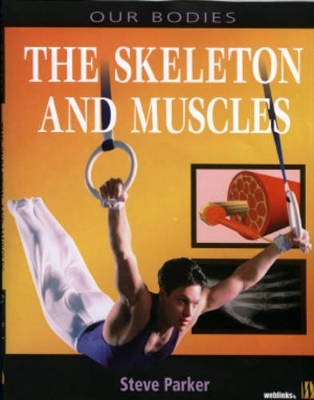
Muscles and Skeleton
No. of pages 48
Published: 2006
Add this book to your 'I want to read' list!
By clicking here you can add this book to your favourites list. If it is in your School Library it will show up on your account page in colour and you'll be able to download it from there. If it isn't in your school library it will still show up but in grey - that will tell us that maybe it is a book we should add to your school library, and will also remind you to read it if you find it somewhere else!
This book is part of a book series called Our Bodies .
There are 48 pages in this book. This book was published in 2006 by Hachette Children's Group .
Steve Parker is an experienced non-fiction children's writer who also wrote the Look at Your Body series.
This book is in the following series:
"All these titles are fascinating, insightful and informative. The series is an excellent resource for more able key stage 2 scientists, though intended for KS3. Each title develops its subject matter through straightforward text and clearly detailed illustrations and photographs. Together with a comprehensive contents, index and well chosen web links, this allows readers to engage with the text independently. - TES"



